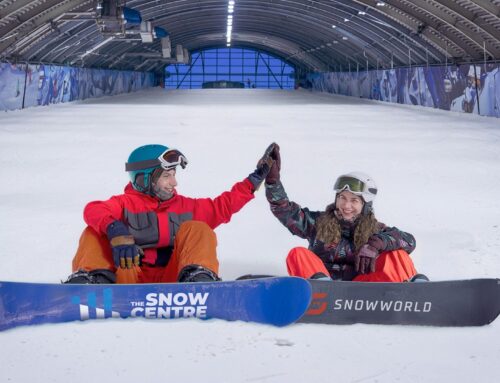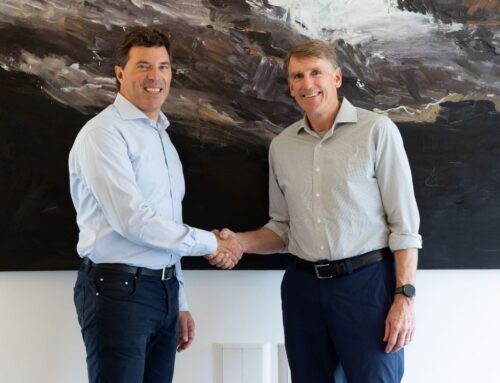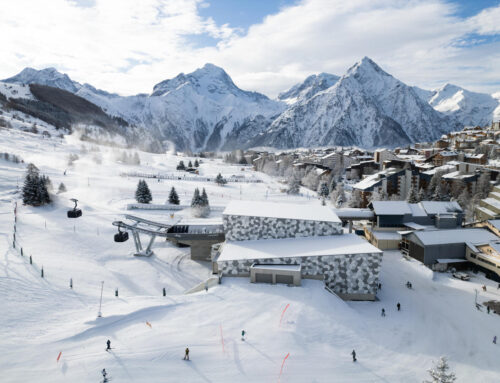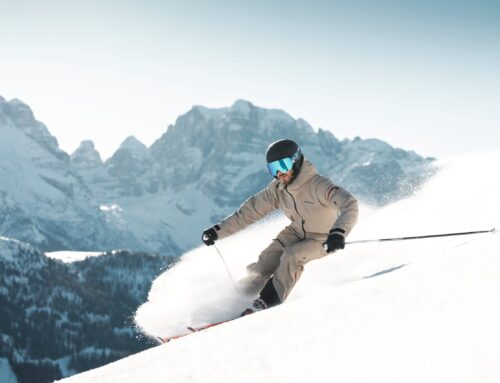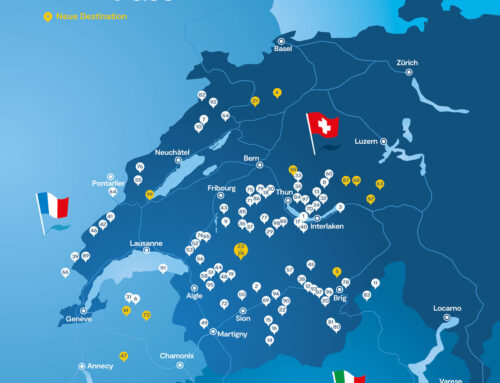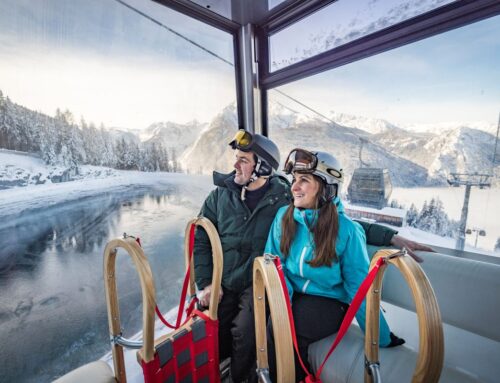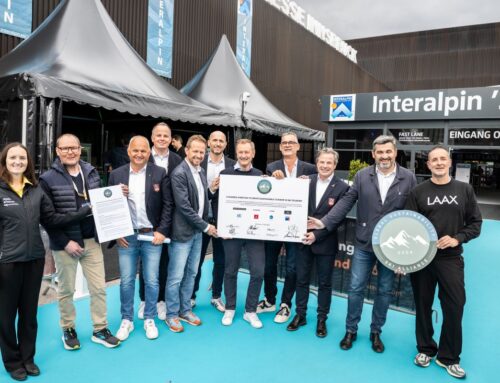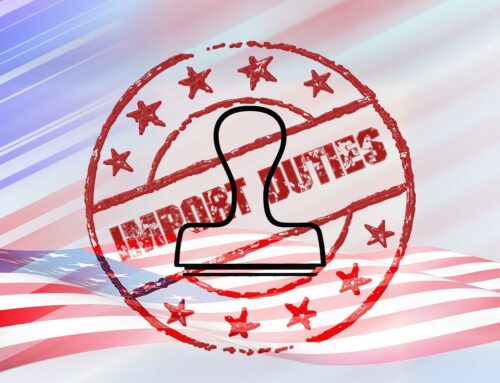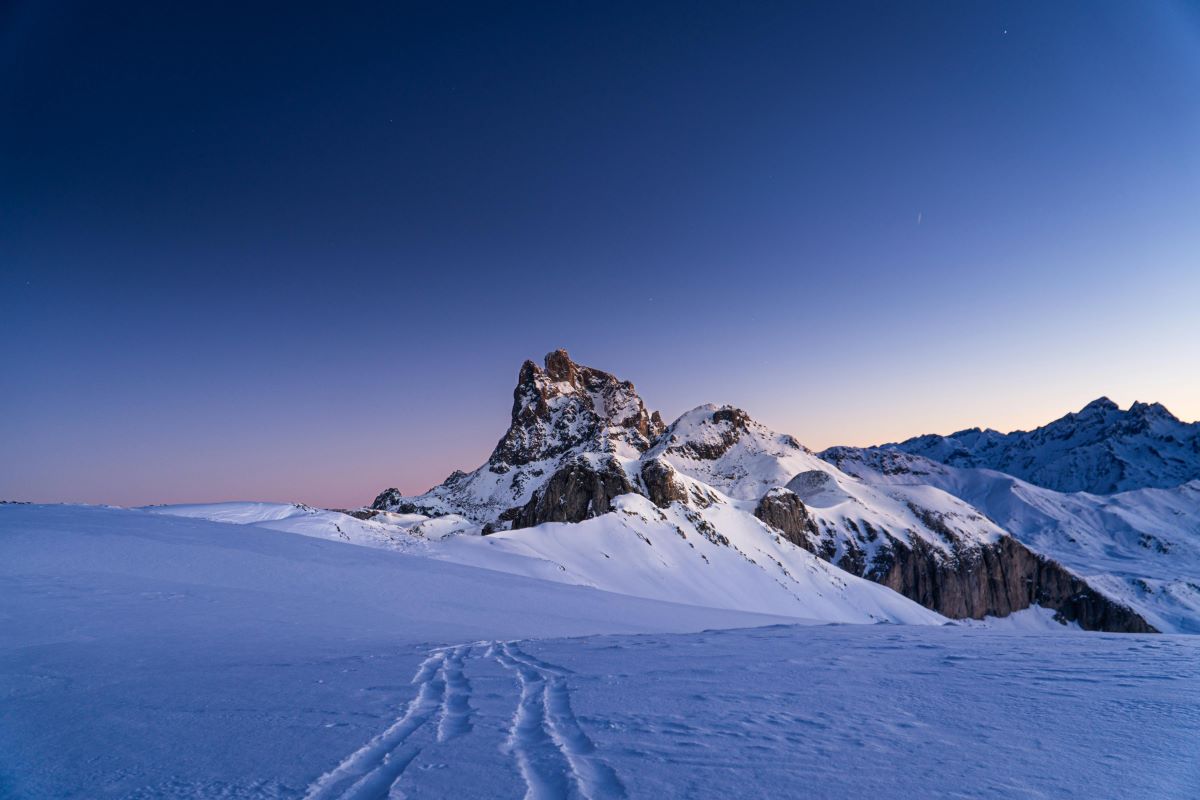
Management & Tourism, SI World 1/2024
France: Facts and figures about winter tourism
Compared with the seasonal average of snow, the france ski areas got lucky: At altitudes of 1,800 metres the french news-channel BFMTV reported, that the snow layer has reached 20 to 40 centimeters. Above 2,500 metres the snow layer reached 1,30 metres.
A welcome present after the seasons from 2022/2023, which had been disrupted with late and less snowfalls. However, the ski areas had to struggle during the most important time for the french ski destinations: February had been singnifically abvove the average temperatures.
This caused problems for lower ski resorts. Snow covers higher then 50 centimeters had only been reported in areas 1,500 metres above sea levels. With snow conditions that aren‘t stable, there a few ski areas that benefit from a good snow cover.
The Northern Alps 77 percent (plus 7 percent), Southern Alps 68 percent (plus 17 percent), and Pyrenees (65 percent) have seen an increase in the accomodation numbers, due to the fact that they are able to gurantee good conditions on their slopes.
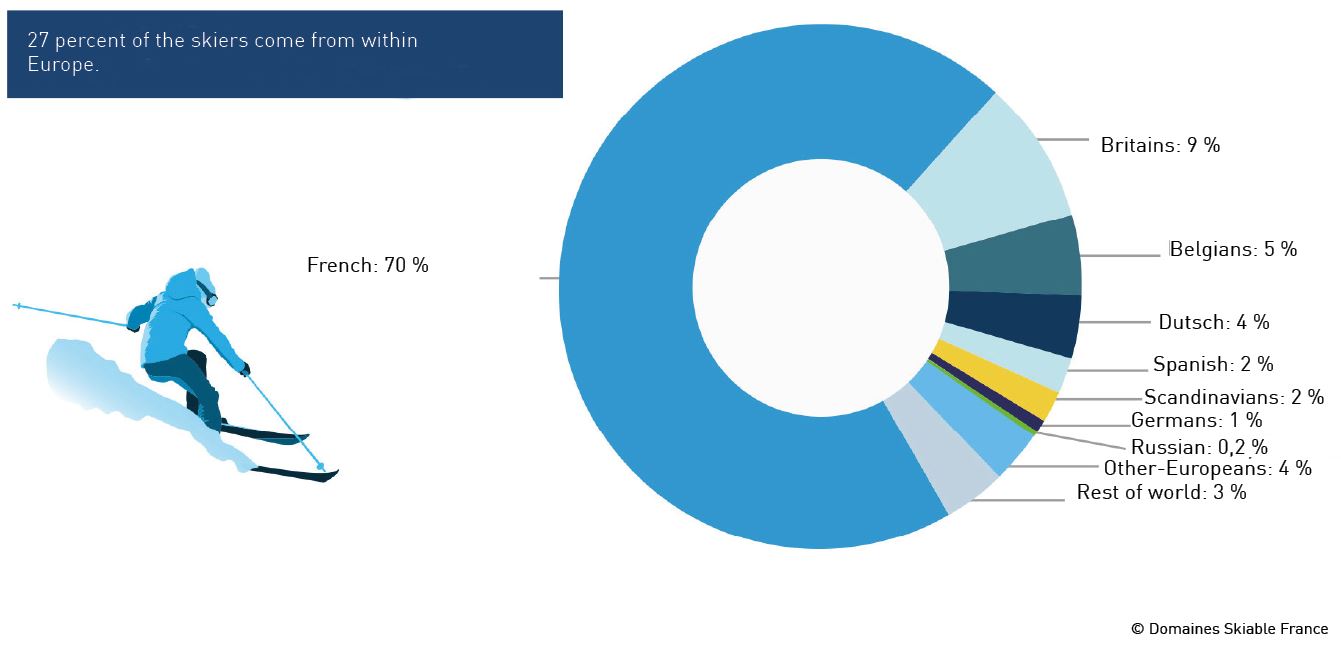
Who goes skiing in France?
Despite visual effects of the climate change, skiing is still seen positive by 84 percent of the french people. 43 percent of the French population practise skiing/ snowboarding (at least once in the last three years) and 25 percent practise it at least once a year or more often.
The frequency of skiing is also higher among young people: 39 percent of 16 between 25 year olds say they go skiing once a year or more often vs. 25 percent on average for all French people. All of french skiers split between 70 percent male and 30 percent female skiers.
The lasting 27 percent of the clients come mainly from within Europe, which split into: nine percent Britains, five percent Belgian skiers, four percent Dutch, two percent from Spain, two percent Scandinavians, one percent Germans, 0,2 percent Russians and four percent other Europeans. Three percent visit france from countries outside of Europe.
Alternative sports in winter?
Aside from going skiing, there are winter guests, who take interest in alternative attractions on the mountainside.
43 percent of these guests answerded they would like to do a dog sled ride, 26 percent showed interest in going snowmobiling and 25 percent of the guests want to try snowshoeing, as the results of a survey by Domaines Skiable France (Association of French cable cars), for the recent winter season showed.
The study is conducted annually for each winter season.
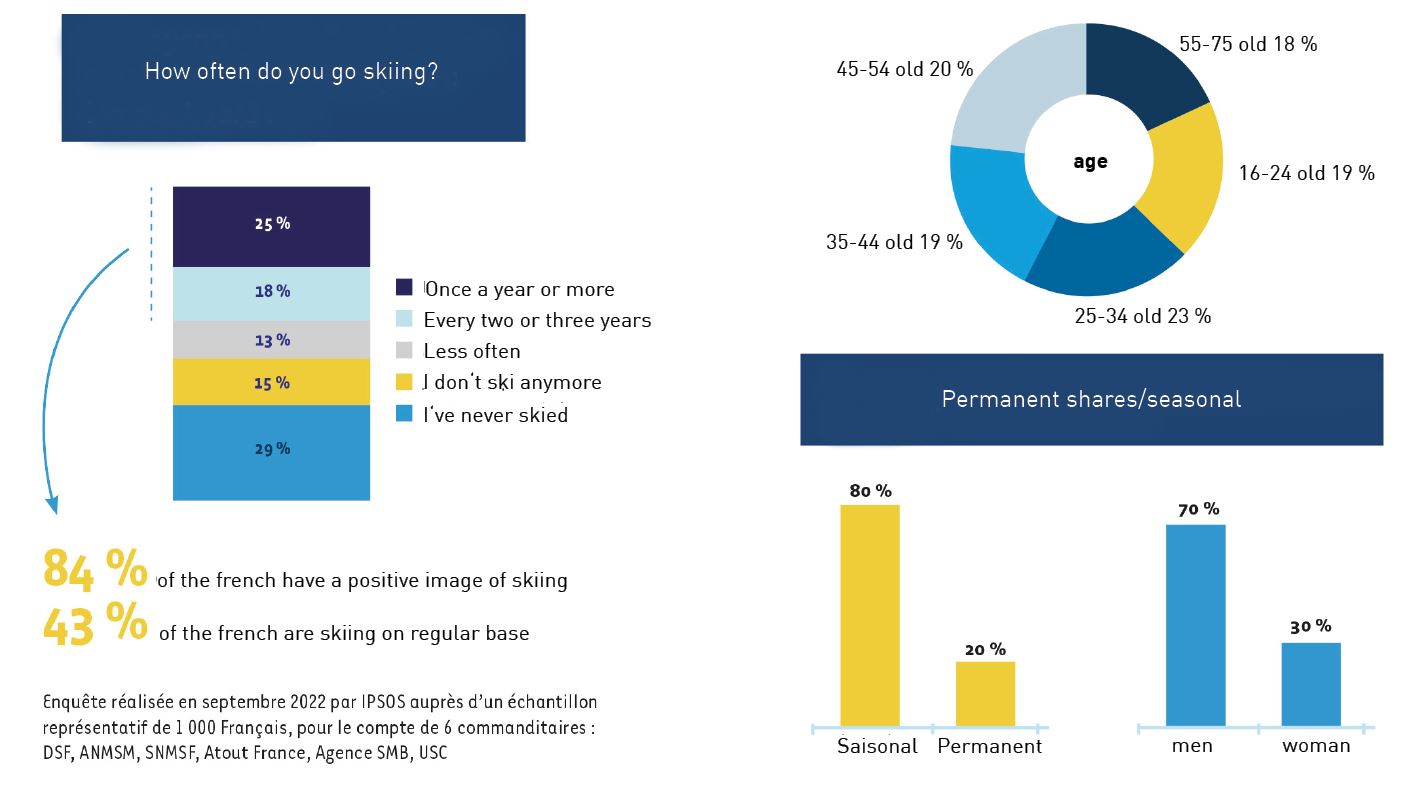
Investments in French destinations
In 2022, 380 million euros have been invested in French ski areas. Up 41.8 percent on the previous season and 17.1 percent higher than the ten-year average, this is the second-highest investment of the decade. In comparison: 2019 the total investment has been 379 million euros.
This year, France ski area operators reinvested 26.1 percent of their pre-tax sales, analyses the tourismus development agency Atout France. Over and above the amount, Domaines Skiables de France is focusing on their new investment strategy: The choice to renew the infrastructure in ski areas by replacing old installations and removing abandoned skilifts, is part of economic and environmental strategy, particularly in terms of energy performance as well as winter and summer versatility.
In 2023 france intents to upgrade at least three of their installations per year. These investments are part of the enviromental roadmap the French ski destinations have comitted themselves to. One of setted goals are to archieve complete carbon neutrality by 2037. To measure the progress and success of this plan, all the ski resorts are currently introducing carbon footprints.
In the near future, all snow grooming machine drivers shall be be trained in eco-driving, which follows the intention to end ongoing use of diesel consumption and carbon emissions in the French resorts. parallel follows the integration of low-carbon technological innovations like HVO batteries and machines driving with hydrogen.
Further France is going to close lifts outside of the peak season, if they are not nessecary to use for the summer season.
